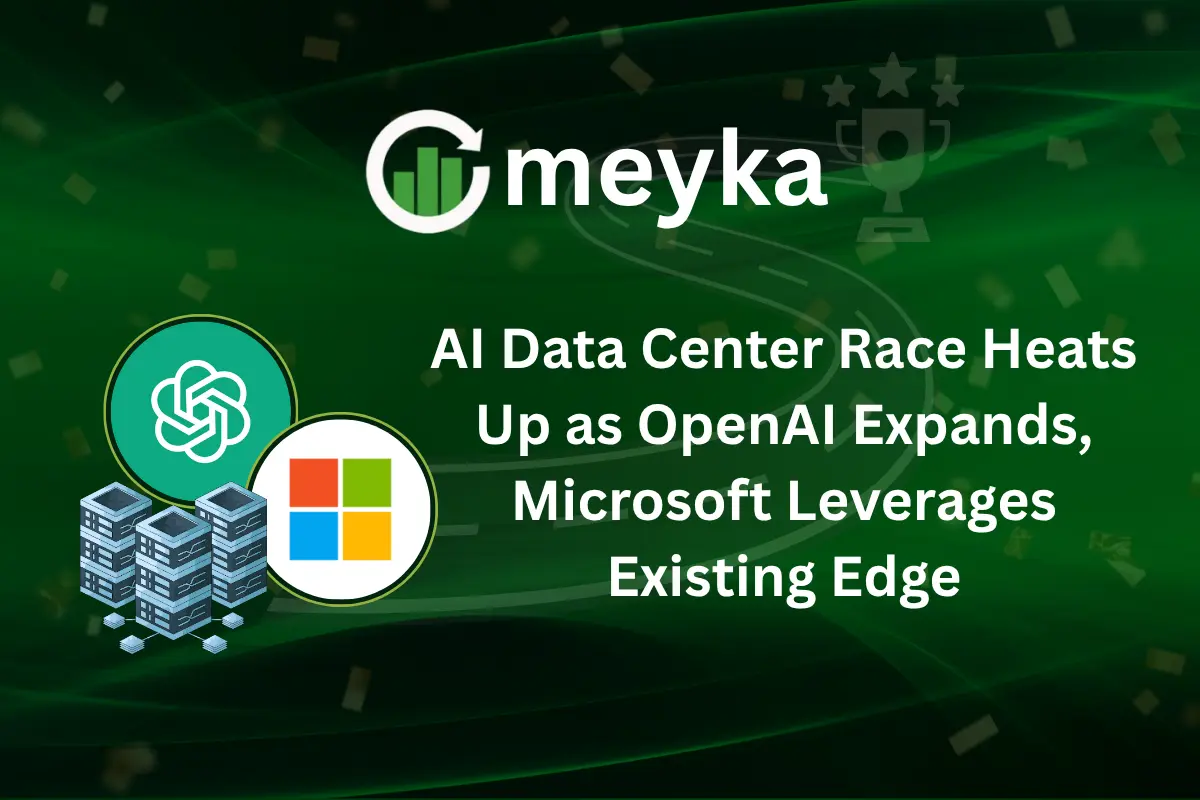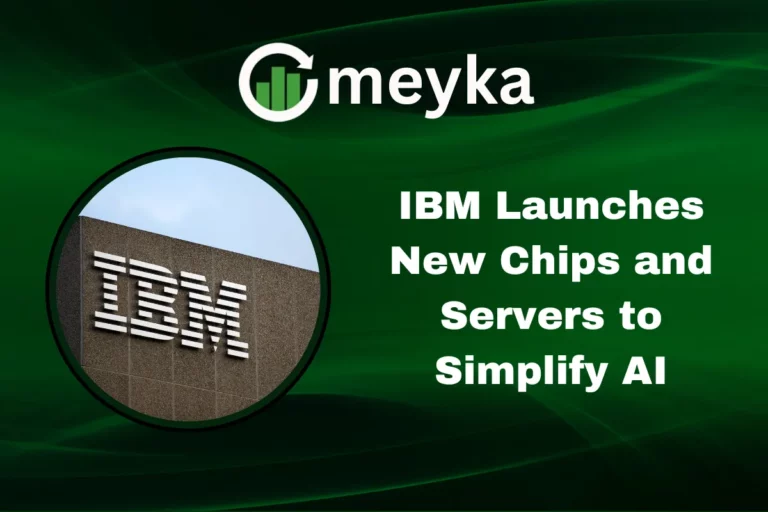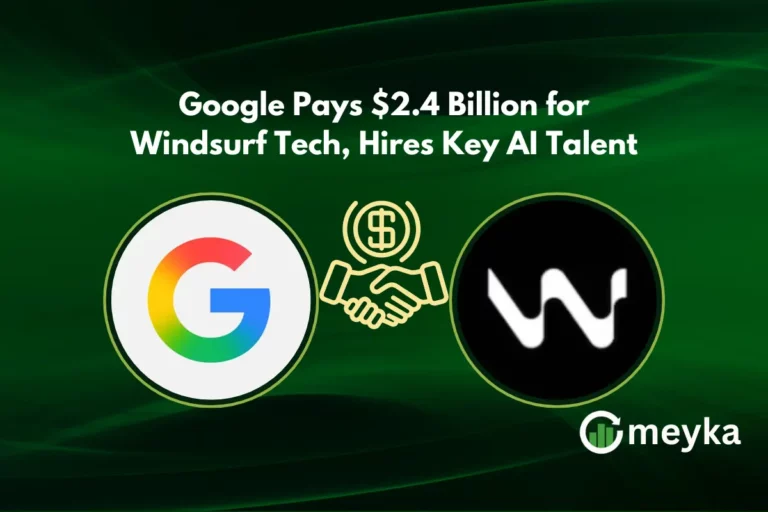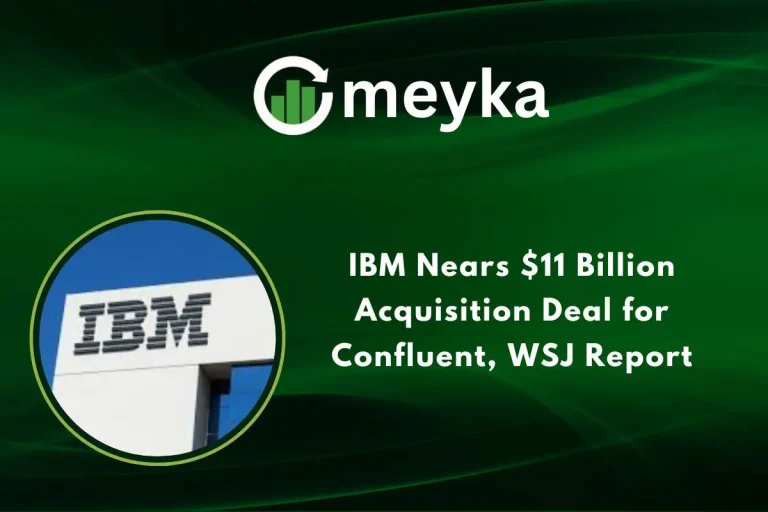AI Data Center Race Heats Up as OpenAI Expands, Microsoft Leverages Existing Edge
As of October 2025, the race to build the world’s strongest AI data center is heating up. OpenAI, with Oracle and SoftBank, is expanding its “Stargate” project. This plan aims to add 10 gigawatts of computing power across the U.S. by year-end. Five new sites in Texas, Ohio, and New Mexico raise the total capacity to nearly 7 gigawatts. These centers will support new AI models, including OpenAI’s ChatGPT and Copilot.
At the same time, Microsoft is using its existing data centers to stay ahead. CEO Satya Nadella recently showed a new AI system with over 4,600 NVIDIA GB300 GPUs and advanced InfiniBand networking. This system is part of Microsoft’s plan to build AI “factories” in Azure centers. It shows their long experience in AI infrastructure.
These moves mark a key moment for AI. Companies that grow their infrastructure fast will lead in AI innovation. This article looks at how OpenAI and Microsoft are taking on this challenge.
The Growing Demand for AI Data Centers
The fast growth of artificial intelligence (AI) has increased the need for special data centers. These centers are needed to train complex AI models, like large language models, which need a lot of computing power. As AI is used more in healthcare, finance, and self-driving cars, strong infrastructure becomes very important.
AI tasks are different from normal computing. They process huge amounts of data at the same time. This requires powerful hardware like GPUs and special accelerators. Because of this, many AI-specific data centers are being built to handle these heavy tasks efficiently.
Energy use is also a big concern. Training advanced AI models takes a lot of power, which raises questions about the environment. Companies are using renewable energy and new cooling technologies to reduce these effects and keep AI centers sustainable.
Global politics also affect AI data centers. Countries see AI as important and invest in local infrastructure. This has started a worldwide race to build advanced AI data centers, with companies and governments trying to lead the AI future.
OpenAI’s Expansion Strategy
OpenAI is rapidly growing its AI infrastructure with the Stargate project. This work is in partnership with Oracle and SoftBank. The plan is to add 10 gigawatts of computing power across the U.S. by the end of 2025. By September 2025, five new data center sites were added, raising total capacity to nearly 7 gigawatts. Over $400 billion will be invested in the next three years.
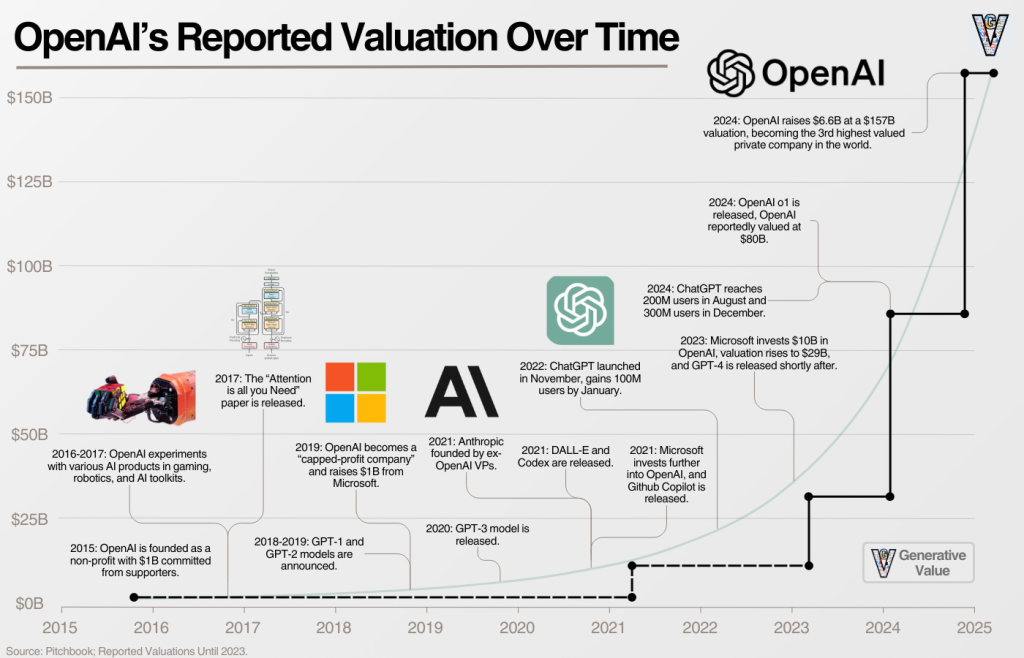
The locations of these centers are carefully chosen. They are in areas with plenty of renewable energy and friendly regulations. This helps lower costs and improve sustainability. Advanced hardware, like NVIDIA’s Vera Rubin platform and AMD’s Instinct MI450 chips, ensures the centers can run powerful next-generation AI models.
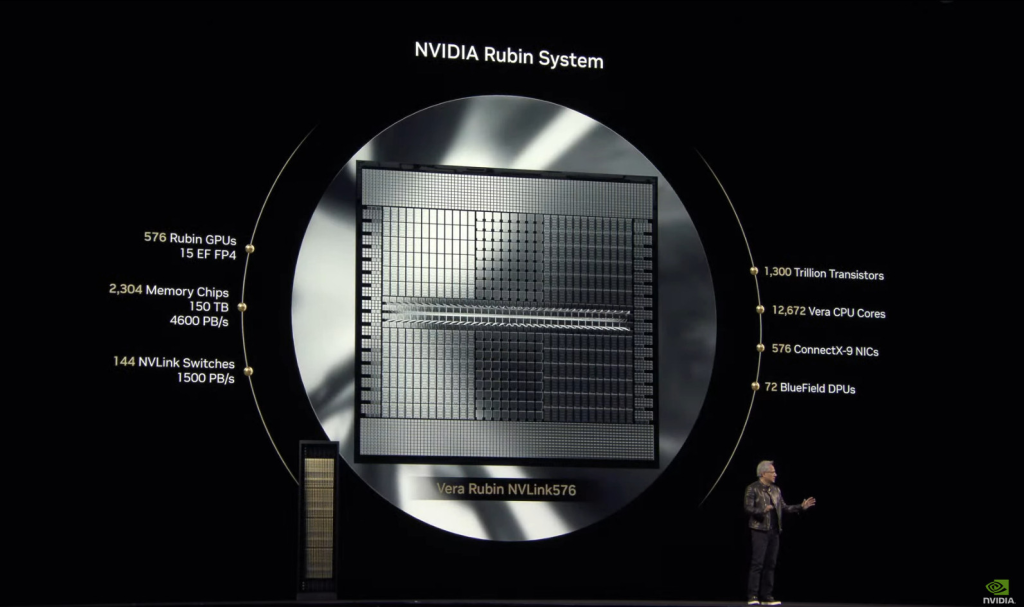
OpenAI’s big infrastructure plan shows its focus on improving AI. The Stargate project makes OpenAI a strong player in the AI field. It can support the computing needs of popular AI tools like ChatGPT and Copilot.
Microsoft’s Edge Advantage
Microsoft uses its Azure network to stay ahead in the AI data center race. CEO Satya Nadella recently showed a new AI system with over 4,600 NVIDIA GB300 GPUs and advanced InfiniBand networking. This system is part of Microsoft’s plan to build AI “factories” in its global data centers, showing its long experience in AI infrastructure.
Using existing infrastructure gives Microsoft a big advantage. Azure is strong and reliable for running AI apps. It provides low latency and high performance. Its global data center network allows AI services to reach users quickly and efficiently.
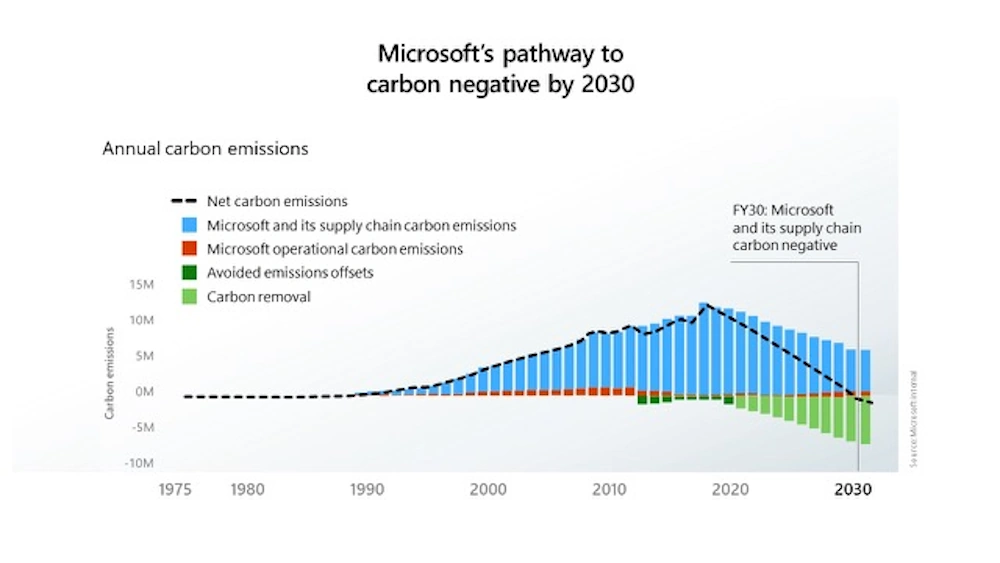
Microsoft also focuses on sustainability. In 2025, the company signed a deal with Brookfield to add over 10.5 gigawatts of renewable energy in the next five years. This is the largest corporate clean-energy deal ever. It helps make AI data centers greener and more environmentally friendly.
Key Players in the AI Data Center Race
The AI data center market is very competitive. Many big companies are fighting to lead this space. OpenAI is a major contender with its Stargate initiative. Backed by Oracle and SoftBank, it plans to deploy 10 gigawatts of computing power in the U.S. by the end of 2025.
NVIDIA plays a key role in this race. It provides the GPUs needed to train advanced AI models. NVIDIA’s partnership with OpenAI includes a $100 billion plan to build 10 gigawatts of AI data centers using NVIDIA technology.
Microsoft is another powerful player. It uses its large Azure network to stay ahead. Its recent setup of over 4,600 NVIDIA GB300 GPUs shows its strong focus on AI growth and infrastructure.
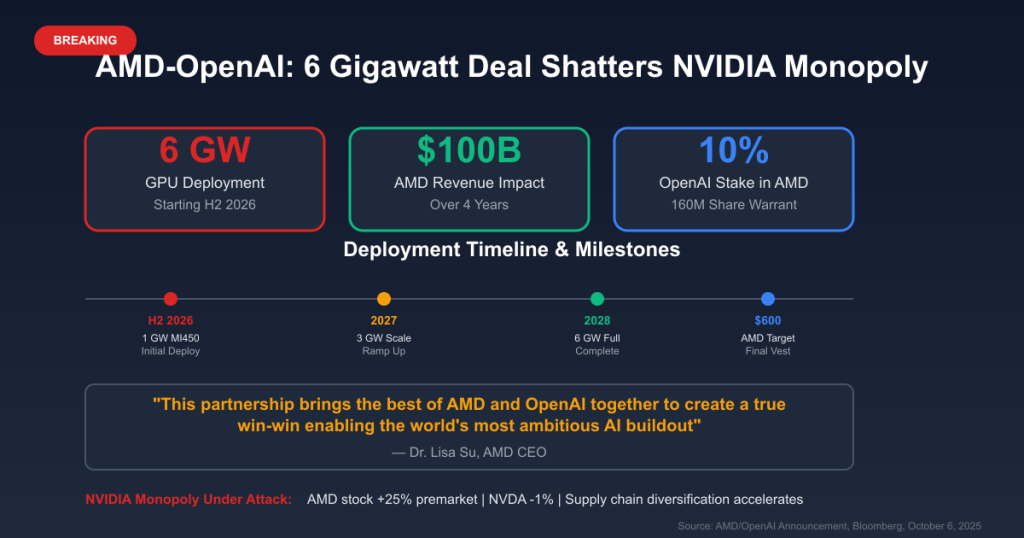
Other companies are joining the race, too. AMD has signed a major deal with OpenAI to deploy six gigawatts of its Instinct MI450 chips. This adds more hardware options and increases competition in the AI data center market.
Challenges in Scaling AI Data Centers
Scaling AI data centers comes with many challenges. The biggest issue is energy use. Training and running large AI models require massive power. This raises concerns about sustainability and long-term environmental impact.
Supply chain limits create more problems. The demand for GPUs and AI accelerators is higher than the supply. This causes delays and increases costs. To solve this, companies are signing long-term supply deals to secure critical hardware.
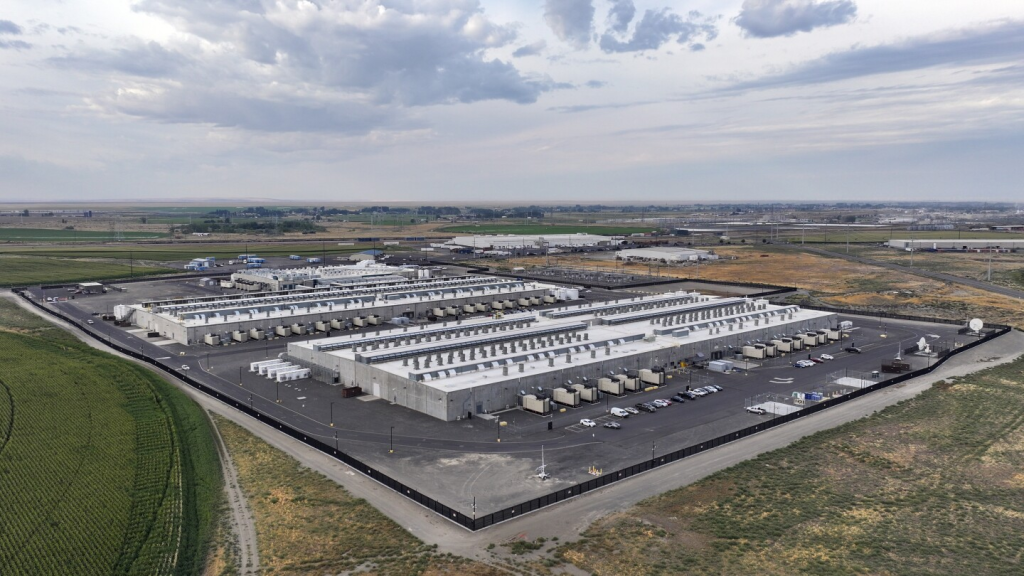
Regulation adds another layer of difficulty. Governments are introducing strict rules on energy usage, data privacy, and environmental standards. These rules force companies to follow complex laws, which can slow down new data center projects.
There is also a talent gap. AI data centers need skilled engineers and infrastructure experts. However, there are not enough trained workers in the market. As AI demand grows, companies struggle to hire and keep qualified professionals to run their systems.
Future Outlook
The future of AI data centers shows strong and steady growth. OpenAI’s plan to deploy 10 gigawatts of computing power by the end of 2025 proves that demand for AI infrastructure is rising fast. This scale signals a new era of large, powerful AI facilities.
Microsoft is also expanding aggressively. Its use of more than 4,600 NVIDIA GB300 GPUs shows its focus on building advanced AI systems inside Azure data centers. This long-term investment helps the company stay ahead in performance and reliability.
Partnerships are shaping the future as well. OpenAI’s deal with AMD to deploy six gigawatts of Instinct MI450 series chips creates more hardware diversity. This move reduces the risk of supply shortages and lowers dependence on a single vendor.
Sustainability will be a major focus in the coming years. Companies are turning to renewable energy to power their data centers and reduce carbon emissions. New cooling technologies will also help manage heat and cut energy waste.
Wrap Up
The AI data center race is changing fast. OpenAI and Microsoft are leading this transformation. OpenAI’s Stargate project, which plans to deploy 10 gigawatts of computing power by the end of 2025, shows how serious the company is about dominating AI infrastructure in the United States. Microsoft is taking a different but powerful approach. It is using its existing Azure network and adding advanced systems like the 4,600 NVIDIA GB300 GPUs. This strategy proves its long-term focus on scaling AI performance across the globe.
As AI workloads grow, the need for specialized data centers will only increase. These facilities will power future AI models, tools, and real-world applications.
However, success will depend on more than just size. Companies must manage high energy use, protect supply chains, and follow strict regulations. The organizations that solve these challenges will lead the AI revolution and shape the future of global technology.
Frequently Asked Questions (FAQs)
The Stargate project, started in 2025, builds new AI data centers in the U.S. It helps OpenAI run bigger AI models faster and supports growing computational needs.
As of 2025, Microsoft uses its Azure network and 4,600 NVIDIA GPUs to run advanced AI systems. This strengthens its AI services globally and keeps it competitive.
AI data centers use lots of energy. In 2025, most still rely on gas, while clean energy is limited. Companies work on greener solutions to reduce environmental impact
Disclaimer: The above information is based on current market data, which is subject to change, and does not constitute financial advice. Always do your research.
